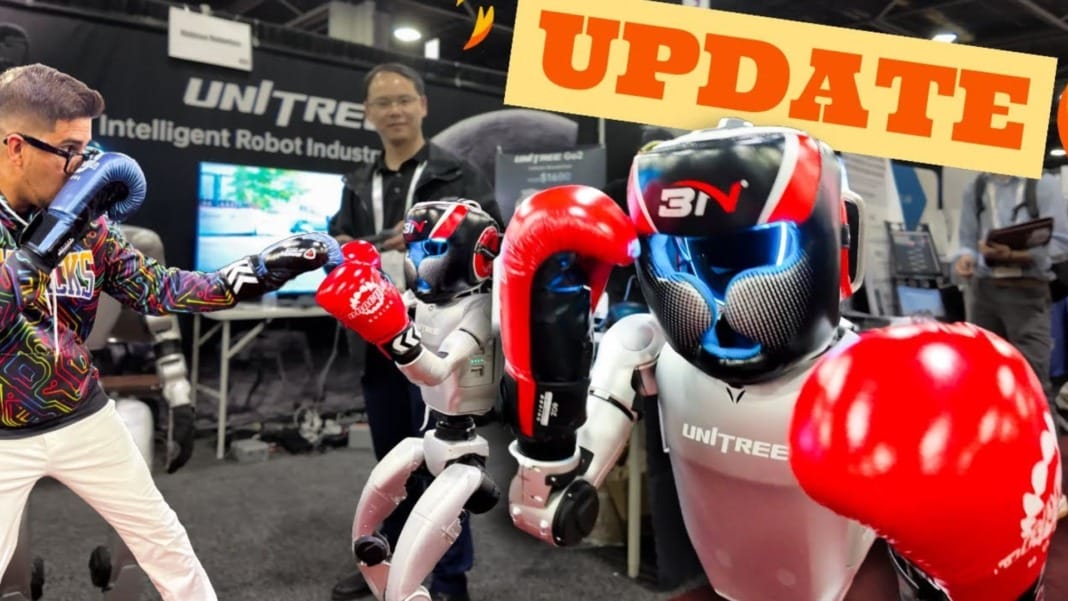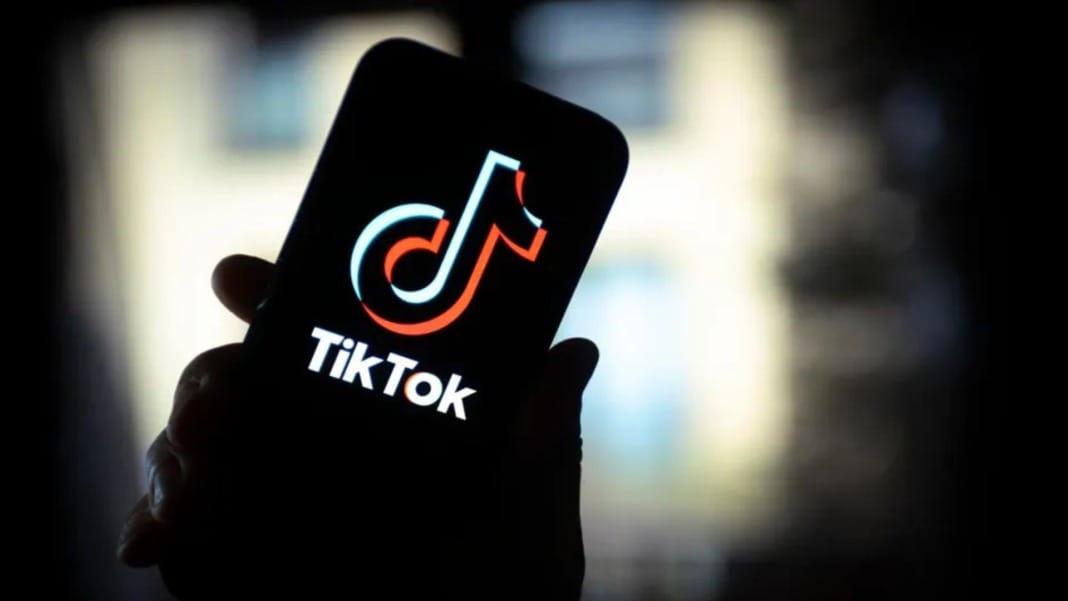On June 9, Unitree Robotics, a Chinese start-up, captured the spotlight with a kickboxing tournament featuring its humanoid G1 robots. Held in Hangzhou and broadcast live by China Central Television (CCTV), the event highlighted humanoid robots’ growing presence and potential in sports and entertainment. The competition followed closely behind another milestone—the world’s first half-marathon involving robots, hosted in Beijing.
Robots go toe-to-toe in lively match-ups
Four G1 humanoid robots took part in one-on-one matches, thrilling viewers with their ability to punch, kick and even perform acrobatic moves like the kip-up – springing from a lying to a standing position. Each robot stood 130 centimetres tall and weighed 35 kilograms. They wore standard kickboxing gloves and protective headgear, making the matches appear strikingly similar to human contests.
The robots were not acting independently – human controllers guided them using remote controls and voice commands. These weren’t simple toy remotes, though. According to Liu Tai, deputy chief engineer at China Telecommunication Technology Labs, the robots moved through “a whole set of motion-control algorithms powered by large artificial intelligence models.” The G1s could warm up by dodging, striking, and demonstrating balance when pushed, all before the bouts began.
Each match consisted of three rounds, each lasting two minutes. Using fists or feet, robots earned points by landing strikes on their opponent’s head or body. A robot could win if its opponent couldn’t get up within eight seconds after a knockdown.
Victory and praise for Unitree’s innovation
The final match saw the winners from the first two rounds compete for the top spot. The champion was a G1 robot controlled by Chinese tech influencer Lu Xin. After the match, Lu praised Unitree on the social platform Weibo, saying the company displayed a “strong entrepreneurial vibe” that he felt had been missing in the tech scene lately.
This event was more than just entertainment – it was a chance for Unitree to show off its progress in China’s fast-developing humanoid robot sector. With mass production on the horizon, six out of eleven domestic makers plan to manufacture over 1,000 humanoid robots this year, according to a market research firm TrendForce report. These companies include Unitree, AgiBot, Galbot, Engine AI, and Leju Robotics.
Although no other robot makers joined the kickboxing contest, Unitree improved its public image after a stumble during Beijing’s robot half-marathon last month. A widely shared video showed one of its robots falling early in the race. However, Unitree later clarified that the robot had not officially entered the competition.
A growing stage for robotic athletes
Unitree gained significant attention earlier this year when its general-purpose H1 robots danced alongside humans during China’s Spring Festival Gala – the country’s most-watched TV show. That performance showed the company’s ability to blend advanced technology with traditional culture.
Commentators Liu Tai and Wang Tao, a robotics researcher from Peking University, highlighted during the tournament how quickly the G1 robots responded to commands and regained balance after being struck. Liu explained that the robots follow a series of commands, not just one, to stay upright and move effectively. The smooth operation, he said, was thanks to the advanced algorithms running behind the scenes.
More events featuring humanoid robots are expected in the coming months. Chinese media reports suggest that Beijing will host a multi-sport event covering 11 different activities in August. Later in December, a full-sized robot combat tournament is set to take place in Shenzhen, a major tech hub in southern China.
China’s position in the humanoid robot industry is strong. A February report from US investment bank Morgan Stanley revealed that of 100 publicly traded companies involved in developing humanoids worldwide, 56% are based in China.
With events like this kickboxing tournament, Unitree showcases its robotic talents and helps shape the future of AI-driven machines in sports and society.





